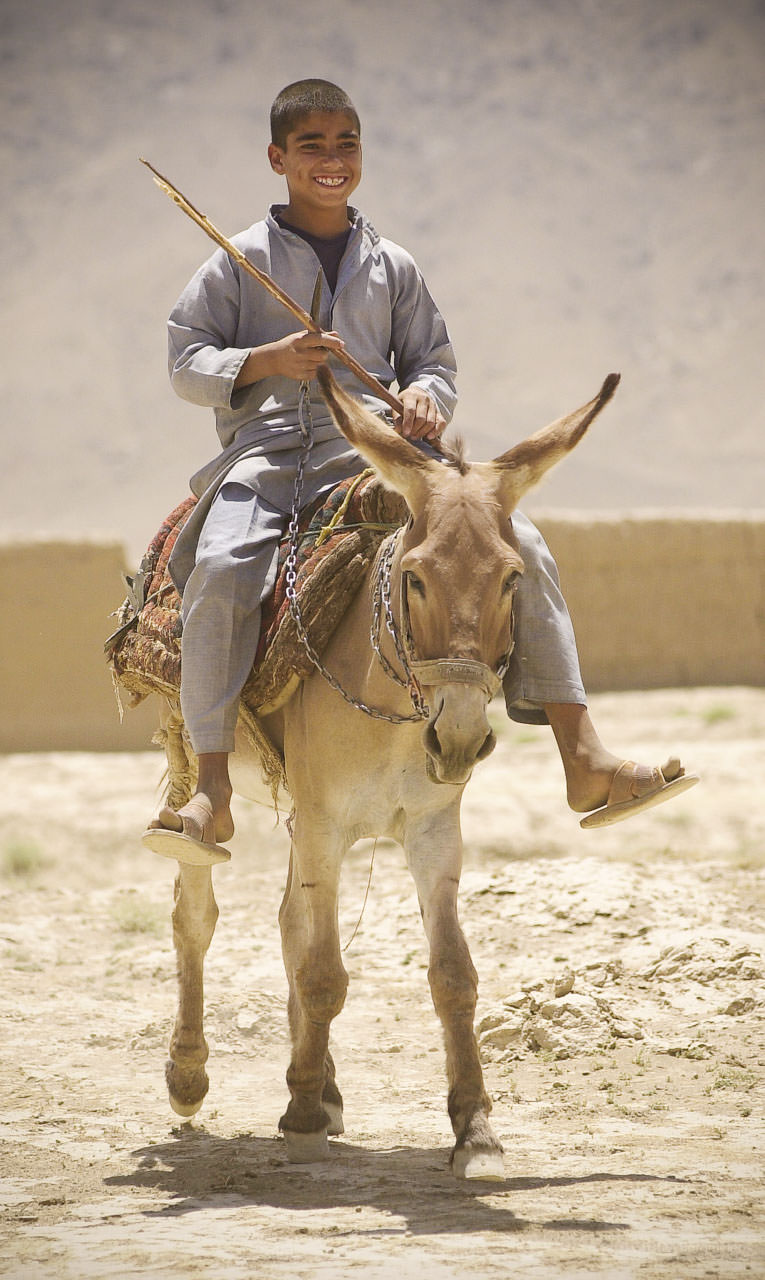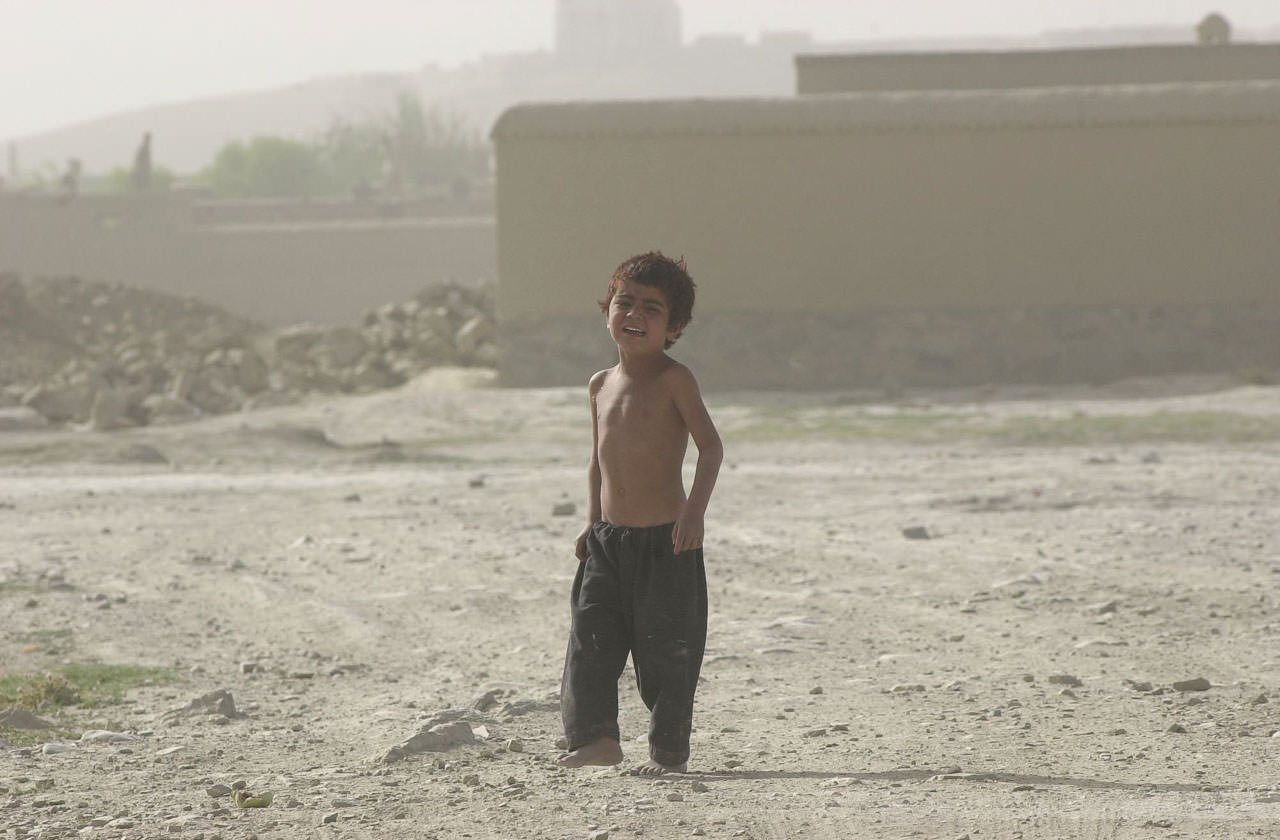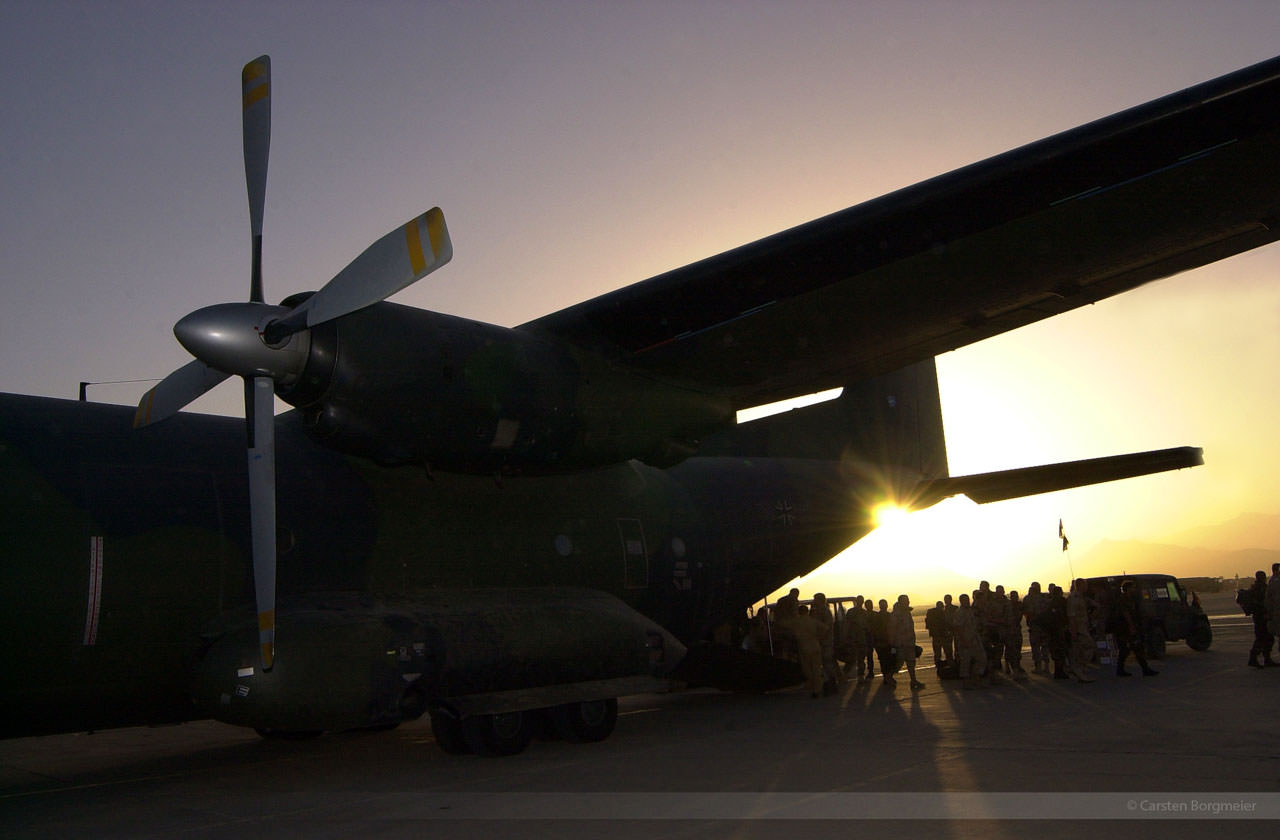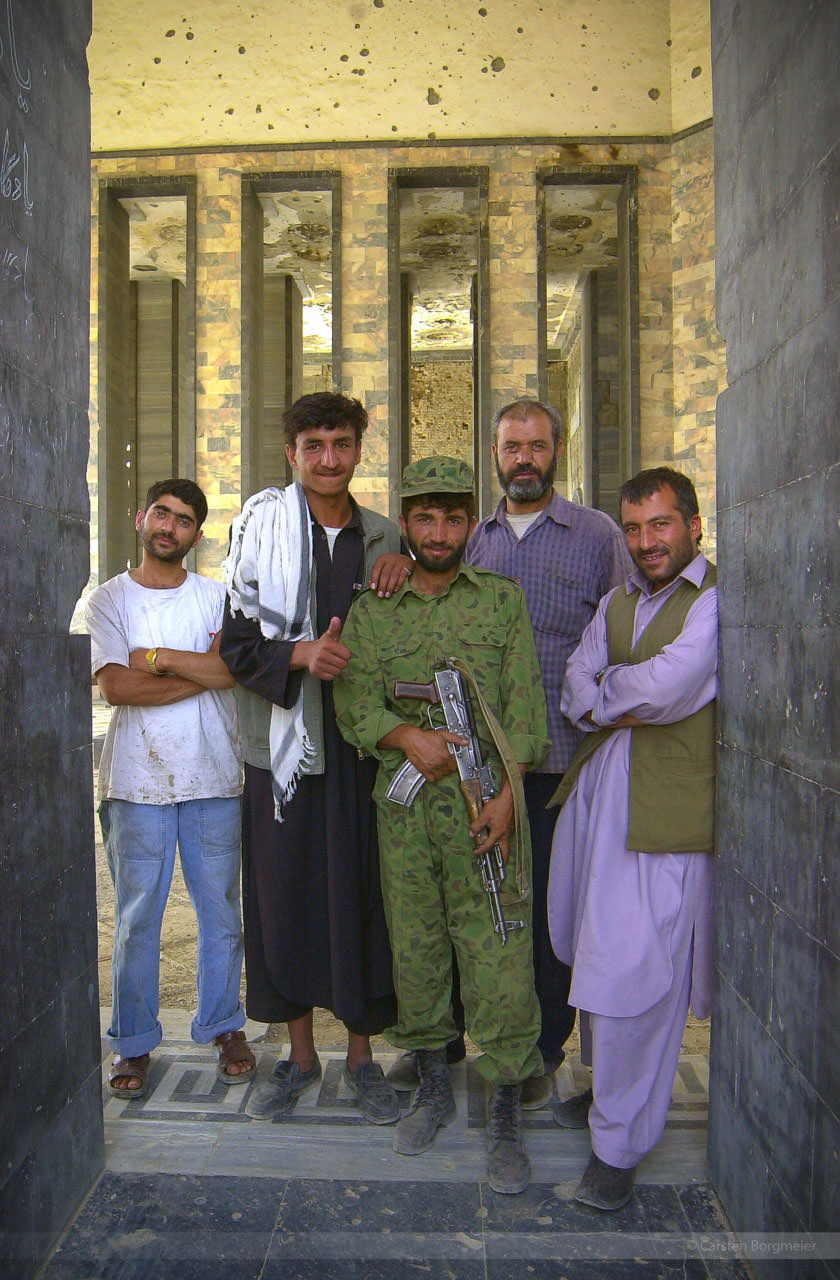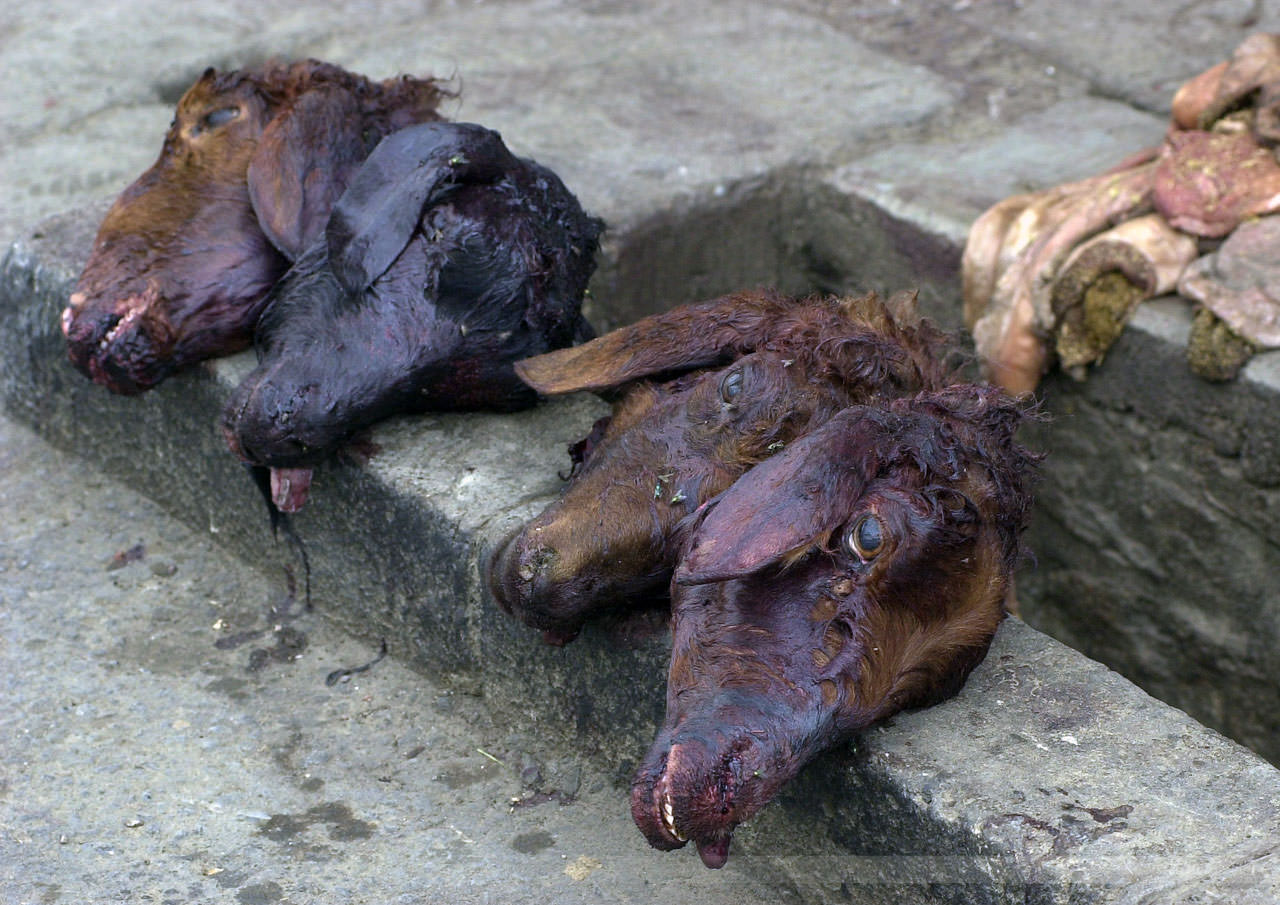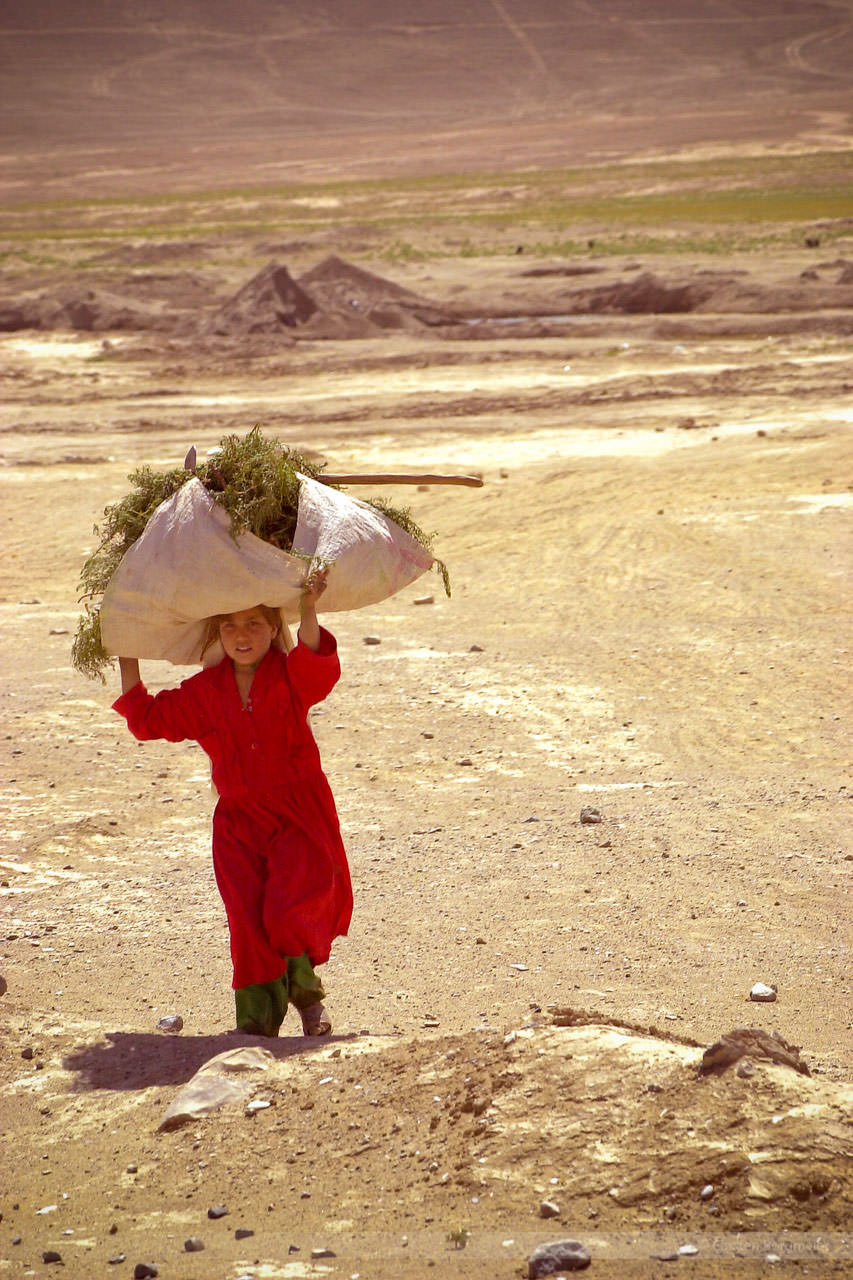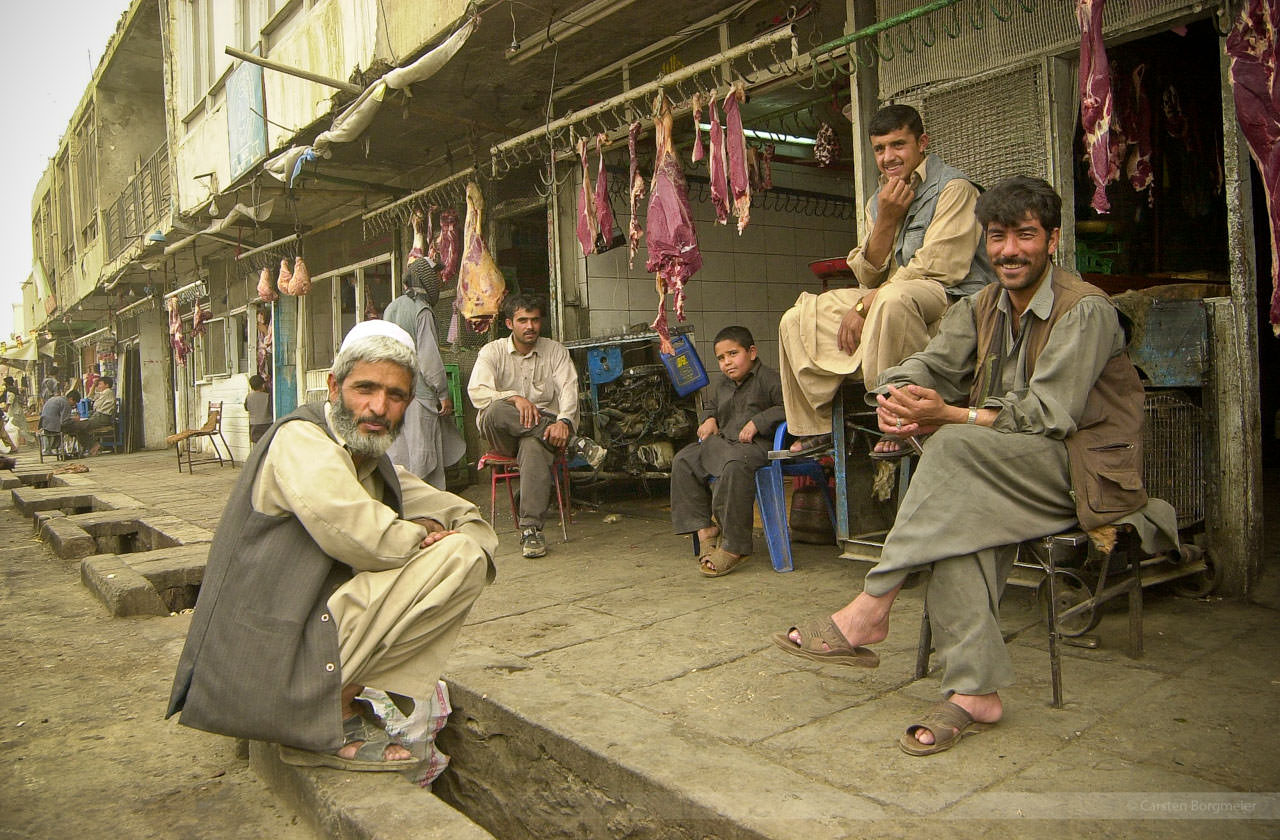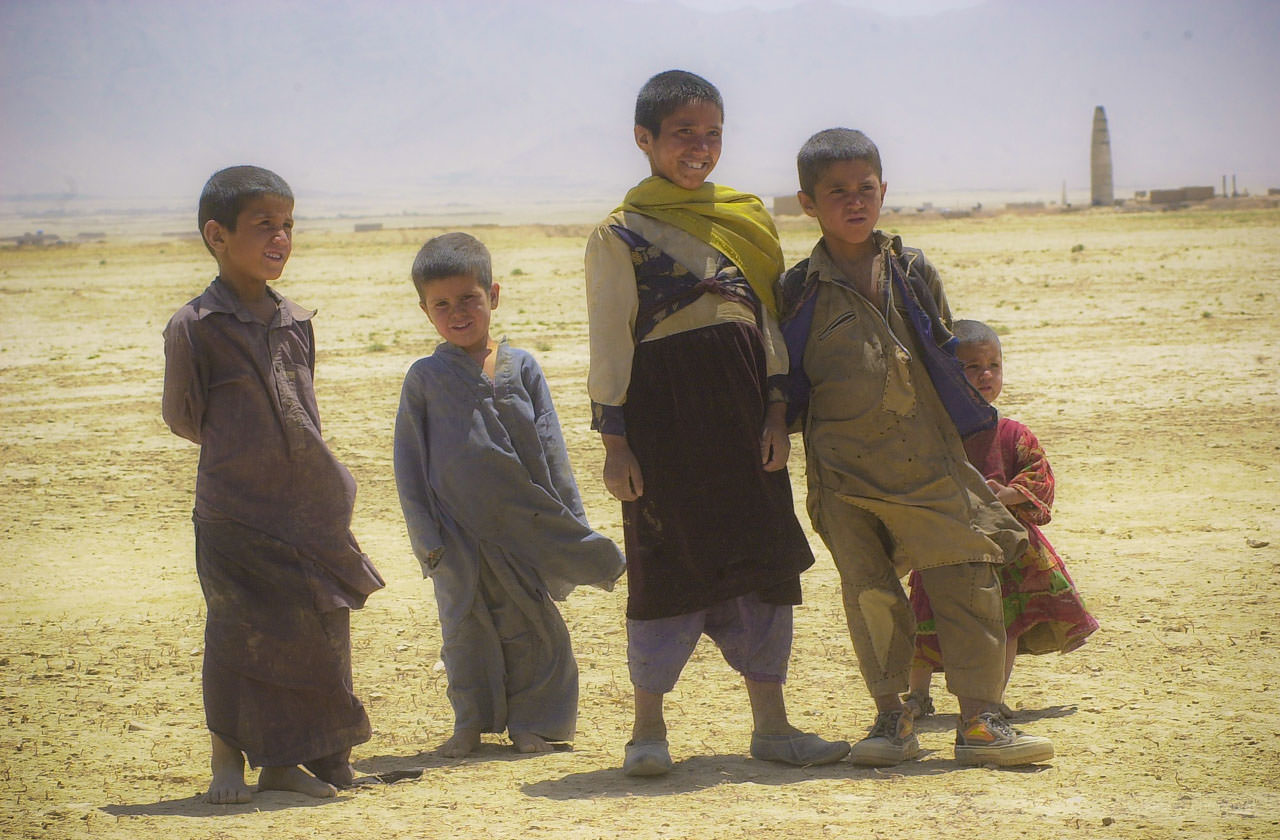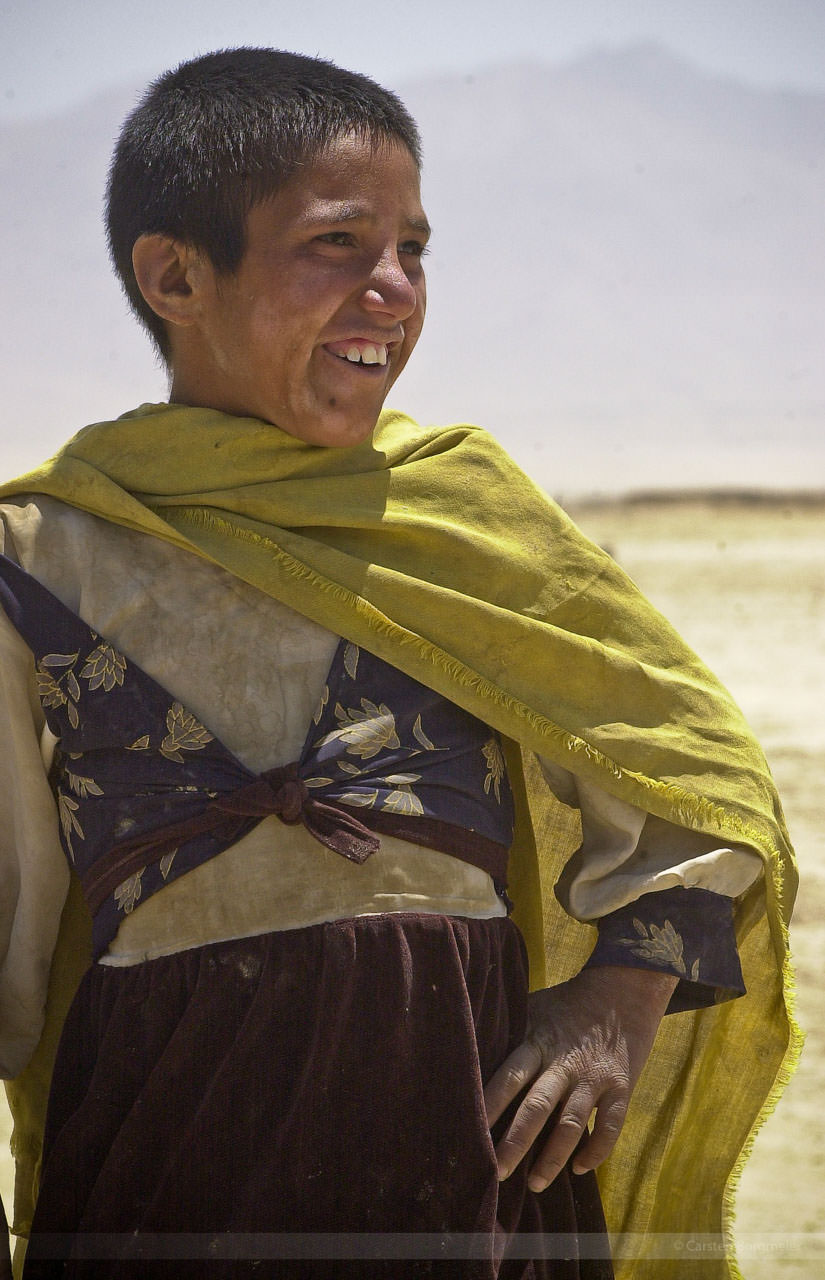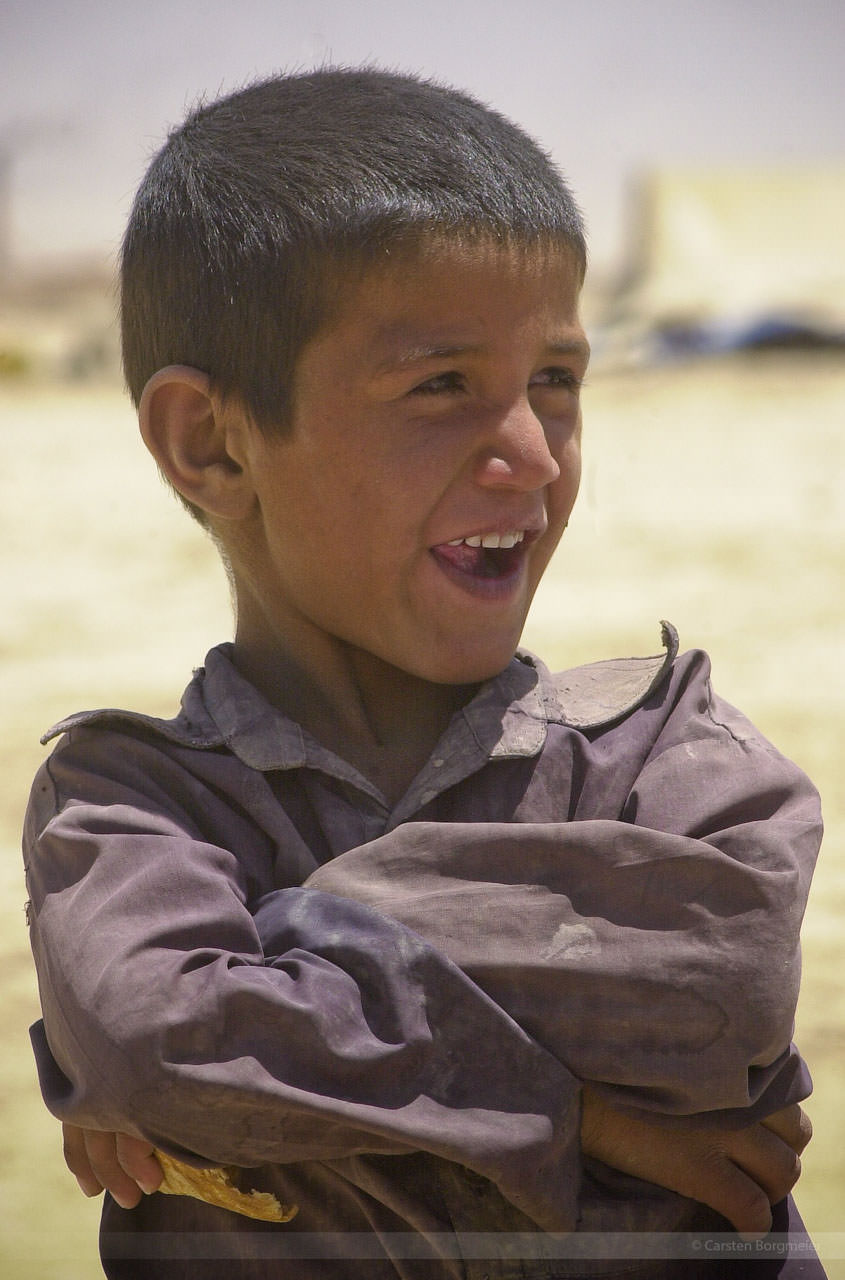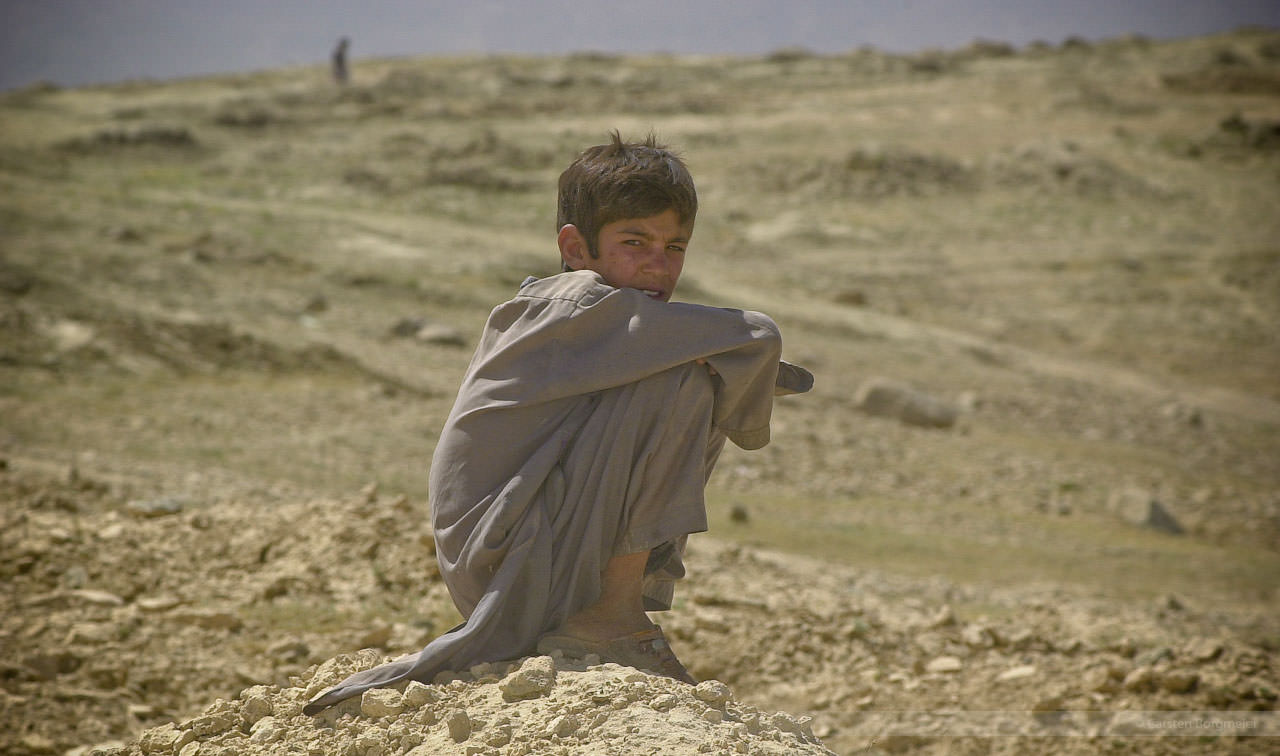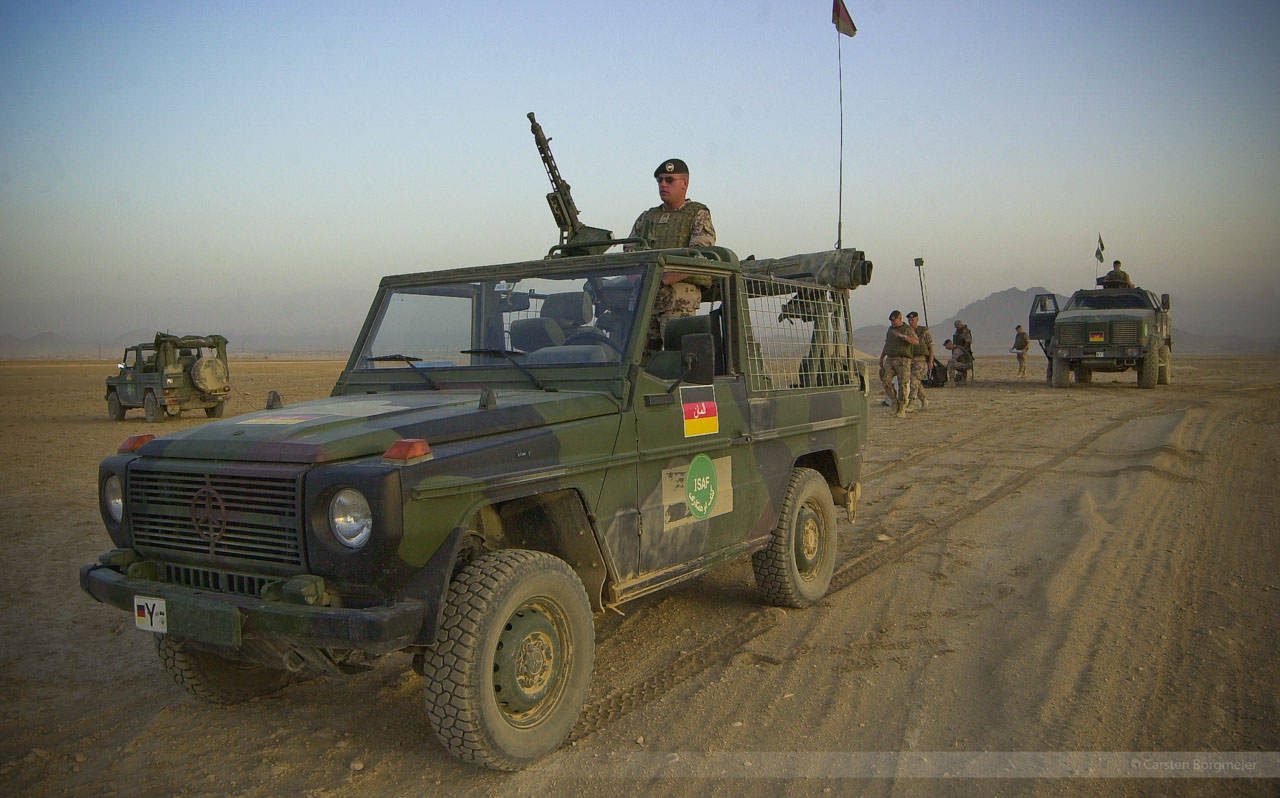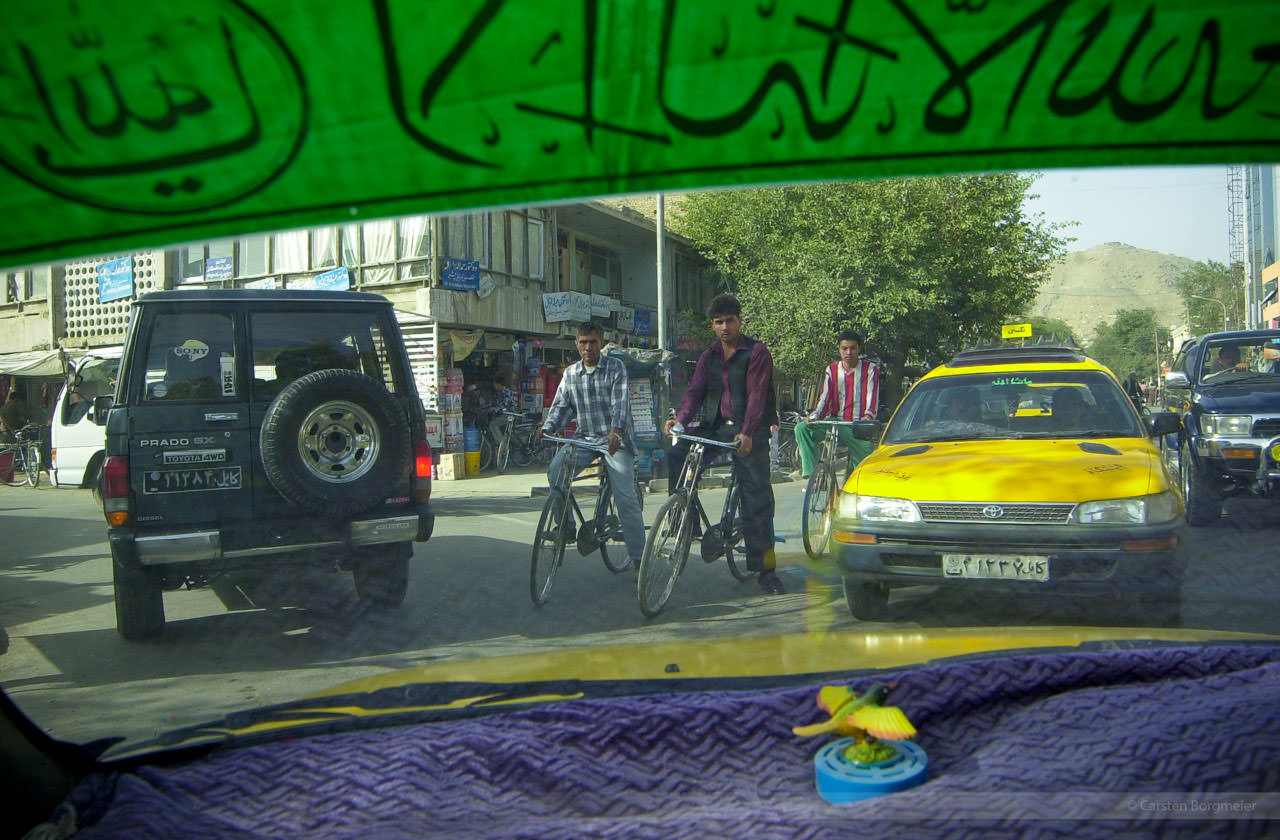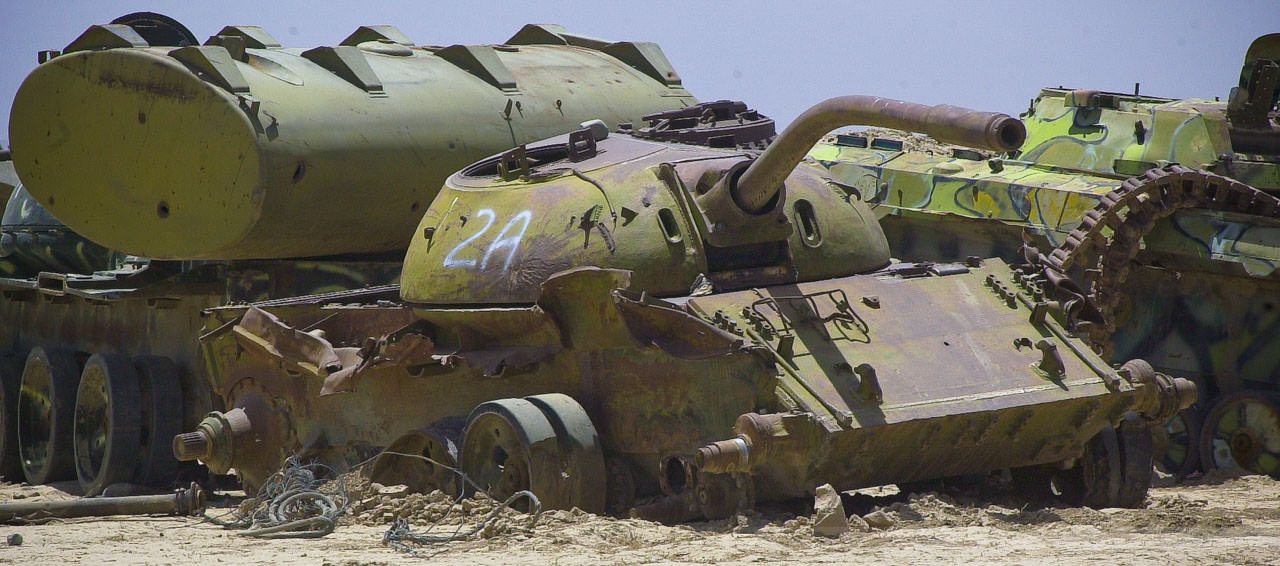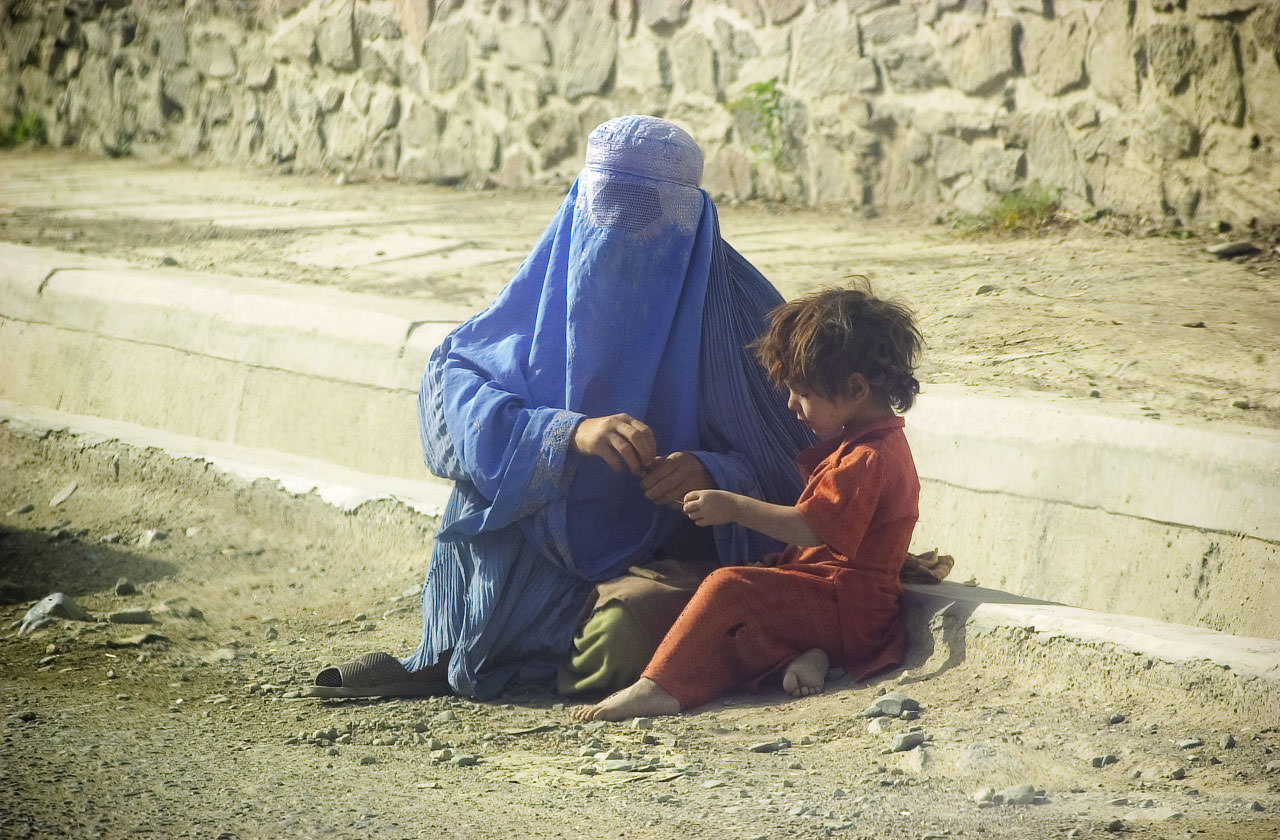July 2004
Afghanistan, after more than 30 years of war it is actually merely a moonscape. Even in the capital city Kabul almost every house is destroyed – or it is about to be destroyed. In July 2004, when I arrived at Kabul International Airport (KAIA) at 5AM and stumbled out of a Transall, I thought I had landed in Stone Age. No tree, no bush and no green leaf could be seen anywhere near. The sunrise over the Hindu-Kush Mountains felt like end time. Read more
Out of the darkness, the rising sun displays ruins of houses, full of bullet-holes, in which people sat at the open fire together with their animals. No one knows exactly how many thousands of refugees come from the sparse rural areas to the capital every day and night. And no one knows who is a Taliban or terrorist. No one knows exactly how many people live in Kabul actually. And why? Yes, why? Even if one would blind out the constant bomb attacks, rocket assaults and fire attacks on police stations, schools, western aid organisations and ISAF forces; the temperature will still rise to 40° Celsius already by 9am in the morning. In addition, the very fine ochre-coloured sand dust, which creeps in every crack and every pore, together with the aridity, make sure that after five days in Afghanistan one’s nose will bleed regularly. In July 2004, the area around Kabul was relatively peaceful, if one might describe it like that for Afghan conditions. It is important to know that the different tribes in Afghanistan are in feuds with each other. Therefore, it might even happen in the capital city that a missile is fired in the front garden from one side of the street to the other.


